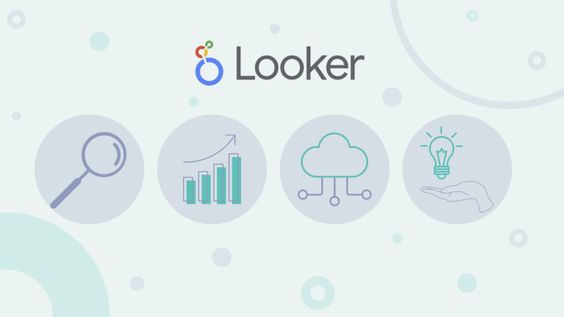If you’re looking for a business intelligence tool that can help you analyze your data more effectively, Looker Studio is an excellent option. But what if you want to integrate Looker Studio with other data tools you’re already using? The good news is that Looker Studio is highly customizable and flexible, making it easy to integrate with other data sources and tools. In this guide, we’ll show you how to integrate Looker Studio with other data tools, so you can get even more insights from your data.
Integrating Looker Studio with Other Data Tools
Looker Studio is a powerful business intelligence tool that provides a wide range of features and capabilities to help you analyze your data. However, if you’re using other data tools, you may want to integrate Looker Studio with them to get even more insights from your data. Some of the most popular data tools that can be integrated with Looker Studio include:
- Google BigQuery: Looker Studio has a native integration with Google BigQuery, allowing seamless access to your BigQuery datasets. This integration enables you to leverage Looker Studio’s latest visualization and analysis capabilities, including new chart types and enhanced filtering options, helping you gain deeper insights from your data.
- Amazon Redshift: Looker Studio also offers native integration with Amazon Redshift, enabling direct connectivity to analyze large datasets efficiently. With this integration, you can take advantage of Looker Studio’s expanded visualization features, including advanced cross-filtering and drill-downs, to uncover meaningful insights from your Redshift data.
- Salesforce: For businesses using Salesforce to manage sales and customer data, Looker Studio provides a seamless integration that allows you to create custom reports and dashboards. With Looker Studio’s enhanced data connectors, you can now pull in real-time CRM data and apply custom filters and segmentation for better sales and customer insights.
- MySQL: Looker Studio’s native MySQL integration makes it easier to connect and analyze structured data. With recent performance improvements, users can now experience faster query execution and improved dashboard responsiveness, making it more efficient to visualize and explore MySQL datasets.
- Microsoft Excel: Looker Studio now provides more seamless integration with Microsoft Excel, allowing users to import Excel spreadsheets with enhanced data transformation options. You can clean, structure, and visualize Excel data more efficiently within Looker Studio, improving the overall analytics workflow.
How to Integrate Looker Studio with Other Data Tools?
Integrating Looker Studio with other data tools is relatively straightforward. Here’s a step-by-step guide to help you get started:
- Choose the data tool you want to integrate with Looker Studio.
- Ensure that Looker Studio has a native integration with the data tool you’ve chosen. If not, you may need to use a third-party integration tool to connect Looker Studio with your data tool.
- Connect to your data tool from within Looker Studio. Looker Studio provides a user-friendly interface that makes it easy to connect to other data tools.
- Once you’ve connected to your data tool, you can start analyzing your data within Looker Studio. Looker Studio provides a wide range of visualization and reporting options to help you gain insights from your data.
Conclusion Integrating Looker Studio with other data tools is an excellent way to gain even more insights from your data. By integrating Looker Studio with data tools like Google BigQuery, Amazon Redshift, Salesforce, MySQL, and Microsoft Excel, you can leverage Looker Studio’s advanced reporting and visualization capabilities to gain deeper insights from your data. With Looker Studio’s user-friendly interface and native integrations, it becomes a robust and comprehensive tool for your data analytics and visualization needs.
Here are some best use cases of Looker Studio analytics for various industries.




0 Comments